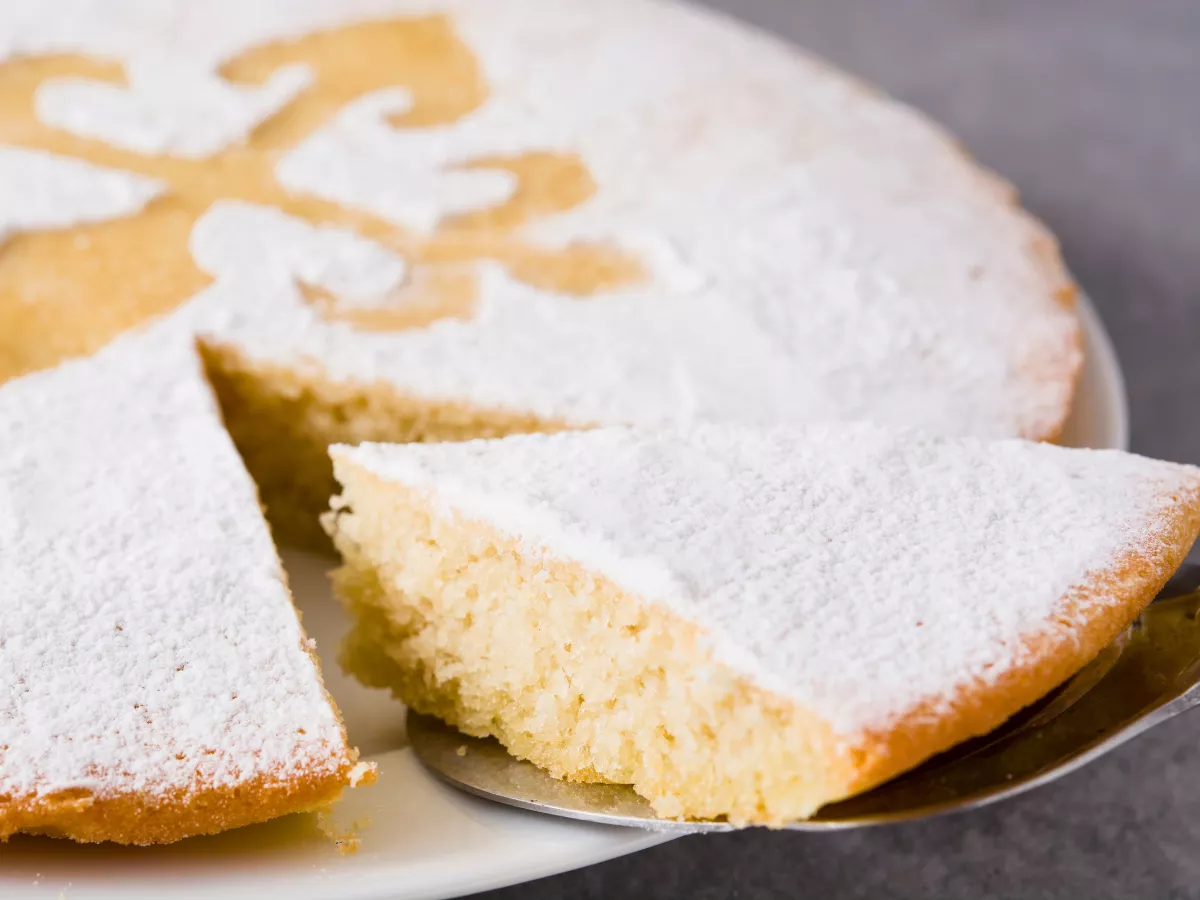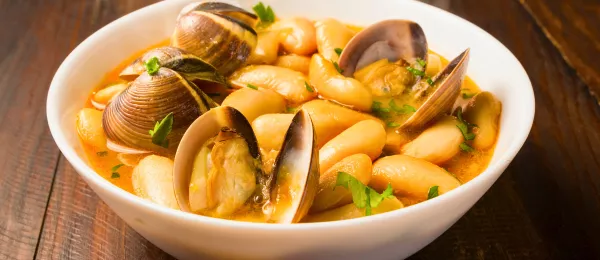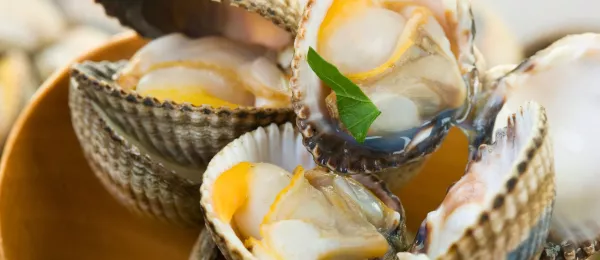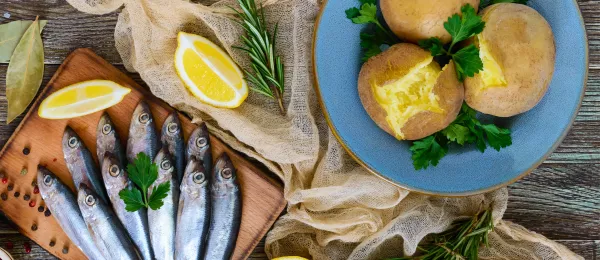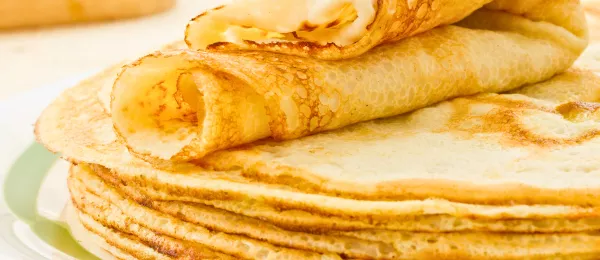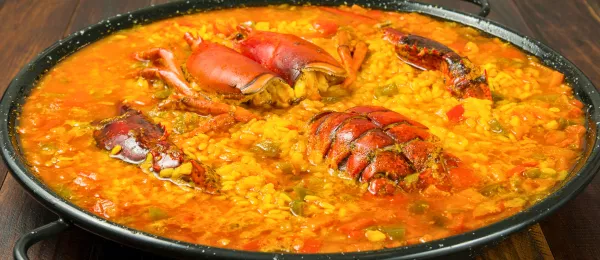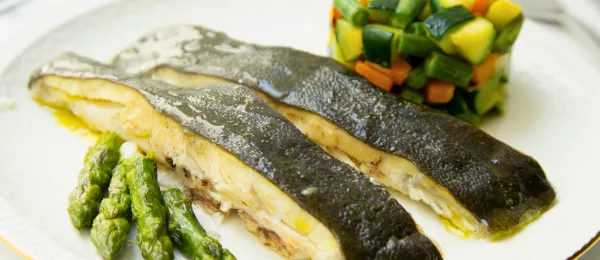Eating in Santiago de Compostela is a religious experiencie! And not just because of the cathedral, mind you. The Galician capital captivates with its history, architecture, and the mystique of being the end of the Camino... but
it also, and above all, conquers hearts through the stomach.
It's well known that in Galicia we love to eat well, both in quantity and quality. Moreover, and we admit this with pride, do you know what our favorite topic is when eating? Neither television series nor politics... when we eat, we like to talk about food. While we savor and lick our fingers, we enjoy remembering when we ate this or that, where it's prepared best, or
opening the debate on whether to add lemon or a bay leaf to mussels. What sacrilege!
In short, here we don't just eat: we comment on the play, we remember, and we celebrate.
Undoubtedly, our gastronomy offers a lot, so this post is just a small introduction so that during DrupalCamp you can immerse yourselves in our culinary spirit. Spoiler alert: prepare to drool.
Polbo á feira: tentacular rockstar
Yes, the polbo (octopus) á feira is The Boss in Galician tapas. Cut with scissors, sprinkled with paprika (sweet or spicy), coarse salt, and drizzled with a good splash of olive oil. It's served on a wooden plate, as tradition dictates. It must be perfectly cooked, tender but with texture, as too soft would seem like chewing gum. Octopus doesn't forgive improvisations.
If it's from the ria, better, but with such high demand, foreign octopus is accepted as a companion. Tasting Octopus vulgaris that is born, grows, and reproduces in Galicia is increasingly complicated. It's estimated that one in four octopuses consumed in our autonomous community is Galician. If you're a purist, we recommend visiting the Abastos market. Several restaurants in the area cook based on the market's supplies. You might get lucky.
A curiosity, against all odds, the tradition of pulpo á feira was not born on the coast, but at the livestock fairs in the interior of Galicia.
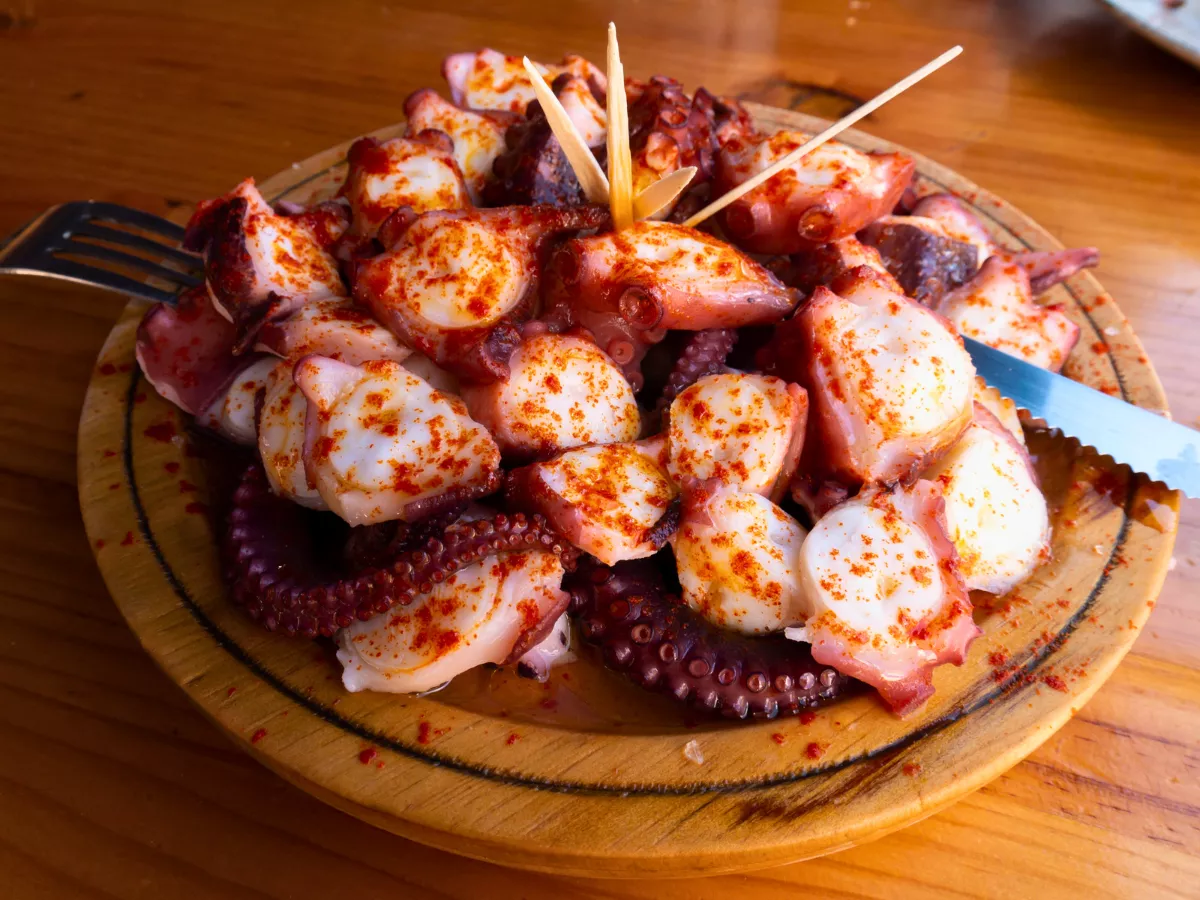
Galician Empanada: multitasking flavor
You're hungry and feel like having something from the sea, with a bit of the countryside, and that's easy to carry. The empanada comes into play, a marvel composed of thin dough and juicy filling that can contain anything from tuna or cod with raisins to seasoned pork, cockles, scallops, or squid in its ink. There are as many variations as there are Galician grandmothers with secret recipes, and you'll always find one that makes you happy. Although it may seem like a simple dish, behind every empanada there is technique, skill, and a lot of history.
As with any tourist city somewhat affected by gentrification, some specialized chains have emerged. If you're looking for something more authentic, two steps from the cathedral, on the mythical Rúa do Franco and adjacent streets, you're sure to stumble upon some version worth trying.
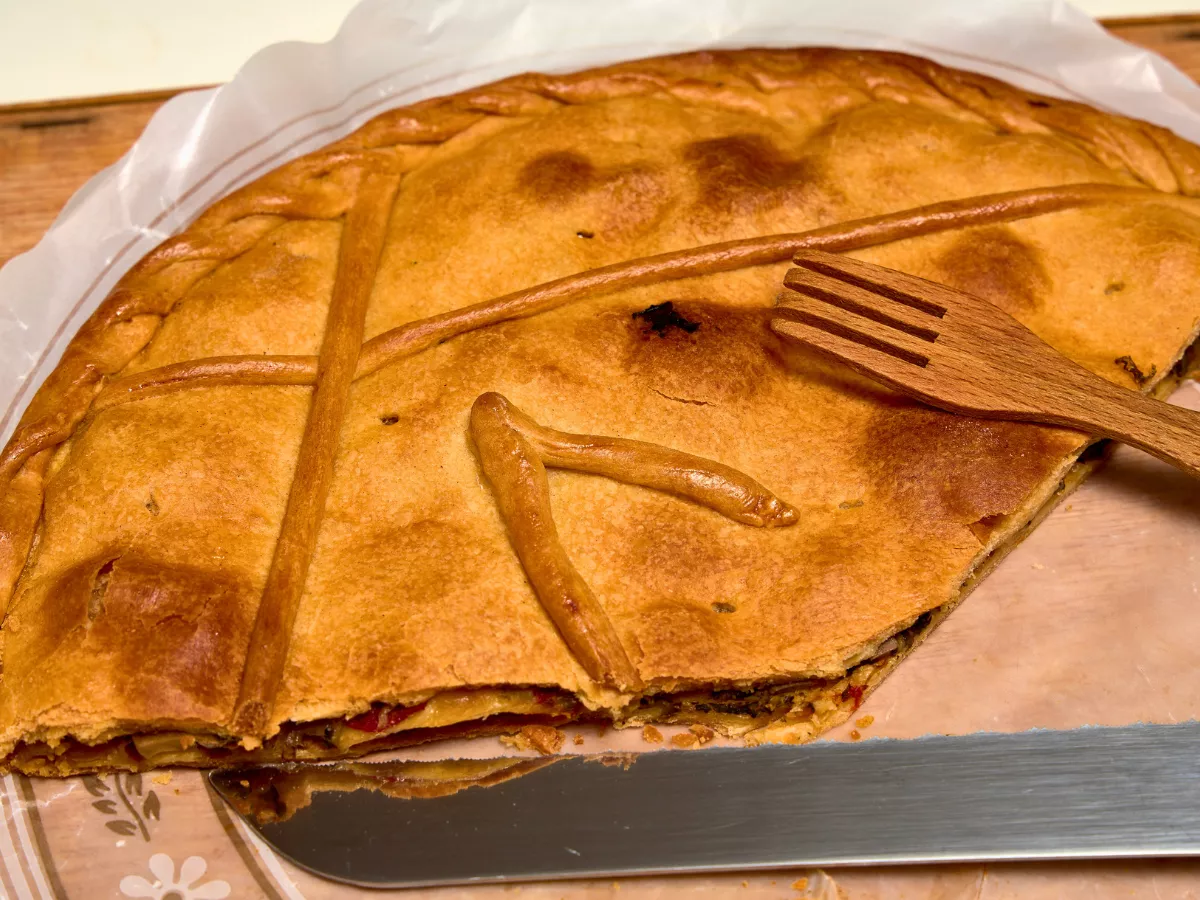
Seafood: treasure of the atlantic
Spider crabs, dublin bay prawns, gooseneck barnacles, scallops, clams, crab, lobster, shrimp, mussels, razor clams... Galicia, with over 1,500 km of coastline, is a seafood paradise. In Santiago, despite not being by the sea, it arrives fresh daily.
Choosing the best seafood and cooking it is an exact science, so you'll allow us to keep our secrets. Just one thing, the month of DrupalCamp, September, is generally a good month for seafood like gooseneck barnacles, crabs, spider crabs, or scallops. We'll tell you what, but not why. If your budget is tight and you want to try something without breaking the bank, you can always order mussels or scallops.
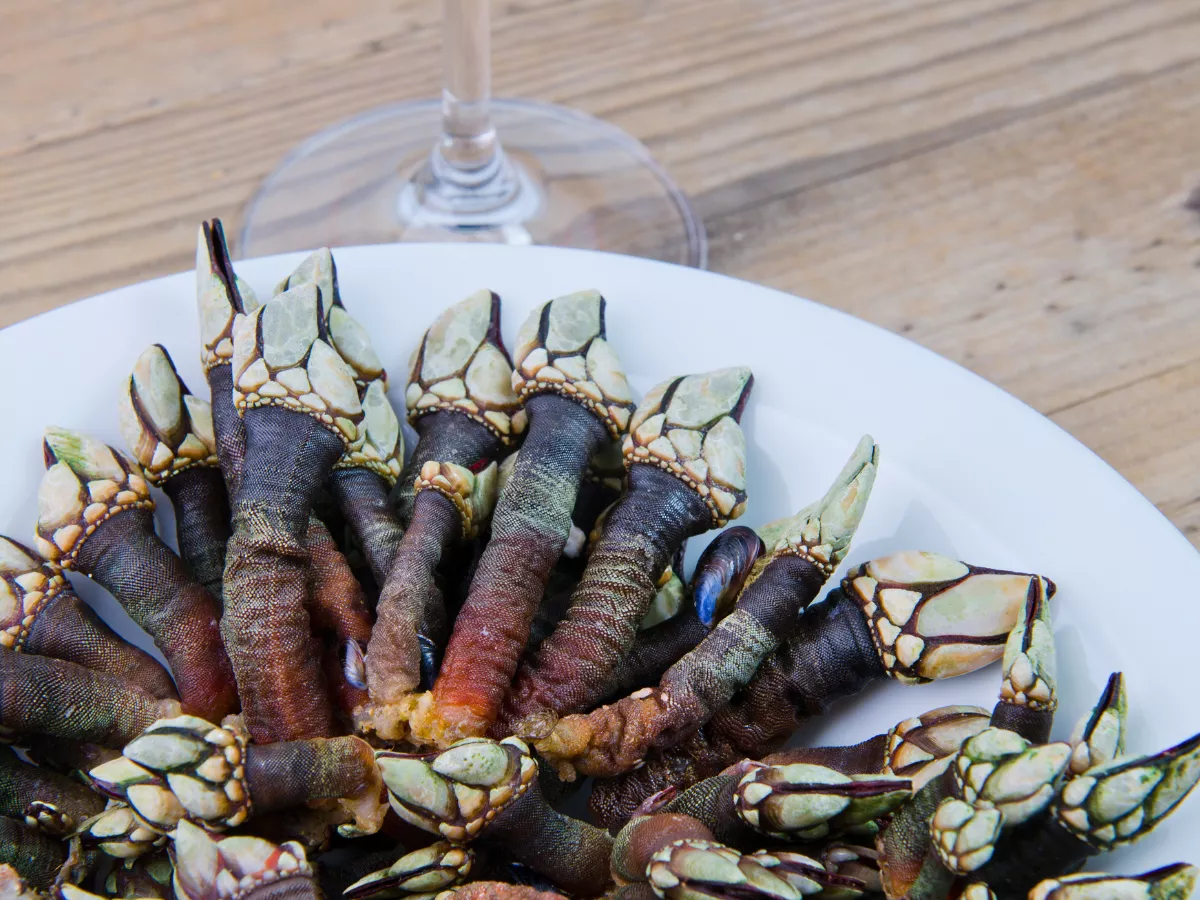
Country cheeses: pure butter
As a good land of livestock and milk production, Galicia also has a great cheese tradition, with its own protected designations of origin. Among our best-known cheeses are tetilla and Arzúa-Ulloa. Both are soft, creamy, and slightly acidic, a delight that pleases almost any palate. It's ideal for snacking, pairing with quince paste, or letting it melt on a toast.
If you prefer more intense flavors, San Simón da Costa is also a good option, a smoked cheese with a higher curing point. But if you're looking for something different, Cebreiro cheese provides the counterpoint. With its peculiar mushroom or chef's hat shape, it's a fresh cheese, with a white and unctuous mass, with an extra touch of acidity. Its origin is attributed to the first monks of O Cebreiro, the entry point into Galicia of the french way.
If you're more hardcore and think cow's cheese is for weak palates, know that, just like the nouvelle vague in cinema, there's also a new generation of artisan cheesemakers experimenting with goat and sheep milk, with more cured cheeses and even blue cheese.
Ordering a cheese platter in a restaurant is always a good choice. Another tip, don't spend money on cathedral souvenirs. Go into a good cheese shop and buy cheese for your loved ones, they'll thank you.
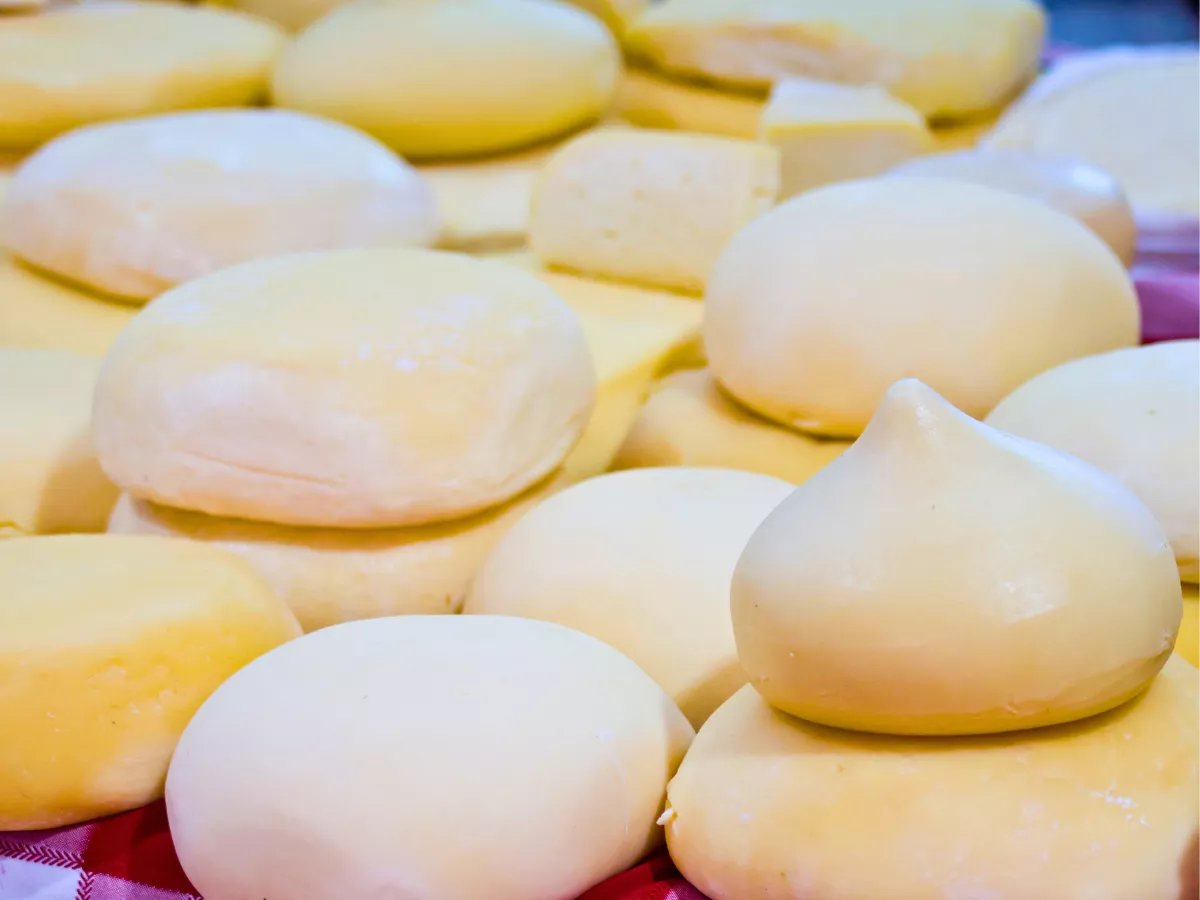
Caldo galego: a shot of energy
Ideal for when the Compostelan sky turns grey and the north wind blows through the streets, something not infrequent. The main ingredients of Galician broth are turnip greens, potatoes, and lard (cured pork fat). The soul of our rural areas, it's a recipe born of necessity but comforting like few others. A must for the cold months, cooked over low heat.
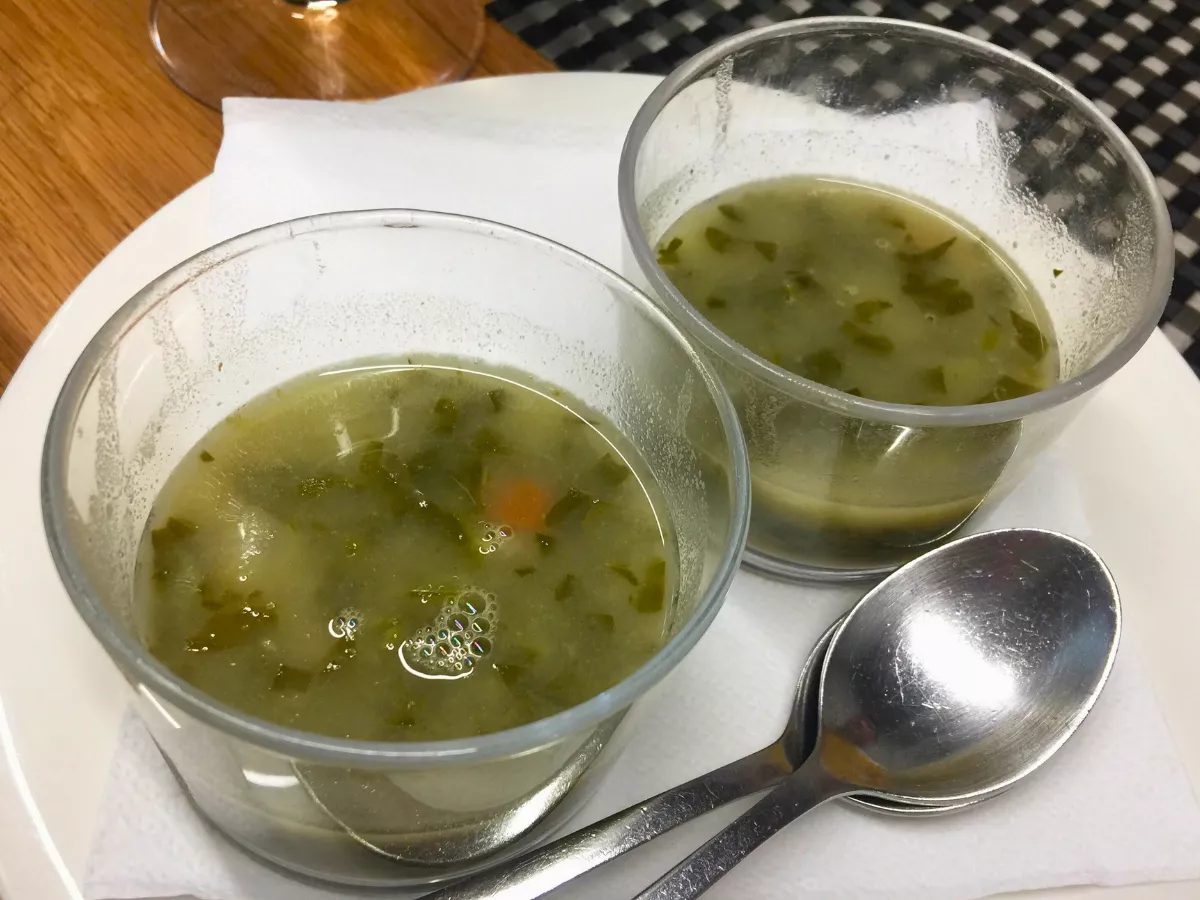
Pimientos de herbón: some are spicy, some are not
All your life you've been sold the story of the Pimientos de Padrón. It's a clear case of the part being taken for the whole. Let's be precise. The official and protected designation is Pemento de Herbón, as the Franciscan monks of the convent of this place, which indeed belongs to the municipality of Padrón, brought the seeds from Mexico and started cultivating them in the 17th century. What is a true truth is that some are spicy and some are not. They are like the stories of the Galician novelist Álvaro Cunqueiro: brief, unpredictable, and full of character. But don't worry, their spiciness hasn't killed anyone yet, and they are an extreme delight. The season for their enjoyment is brief. It starts in June and... you're in luck because it lasts until October.
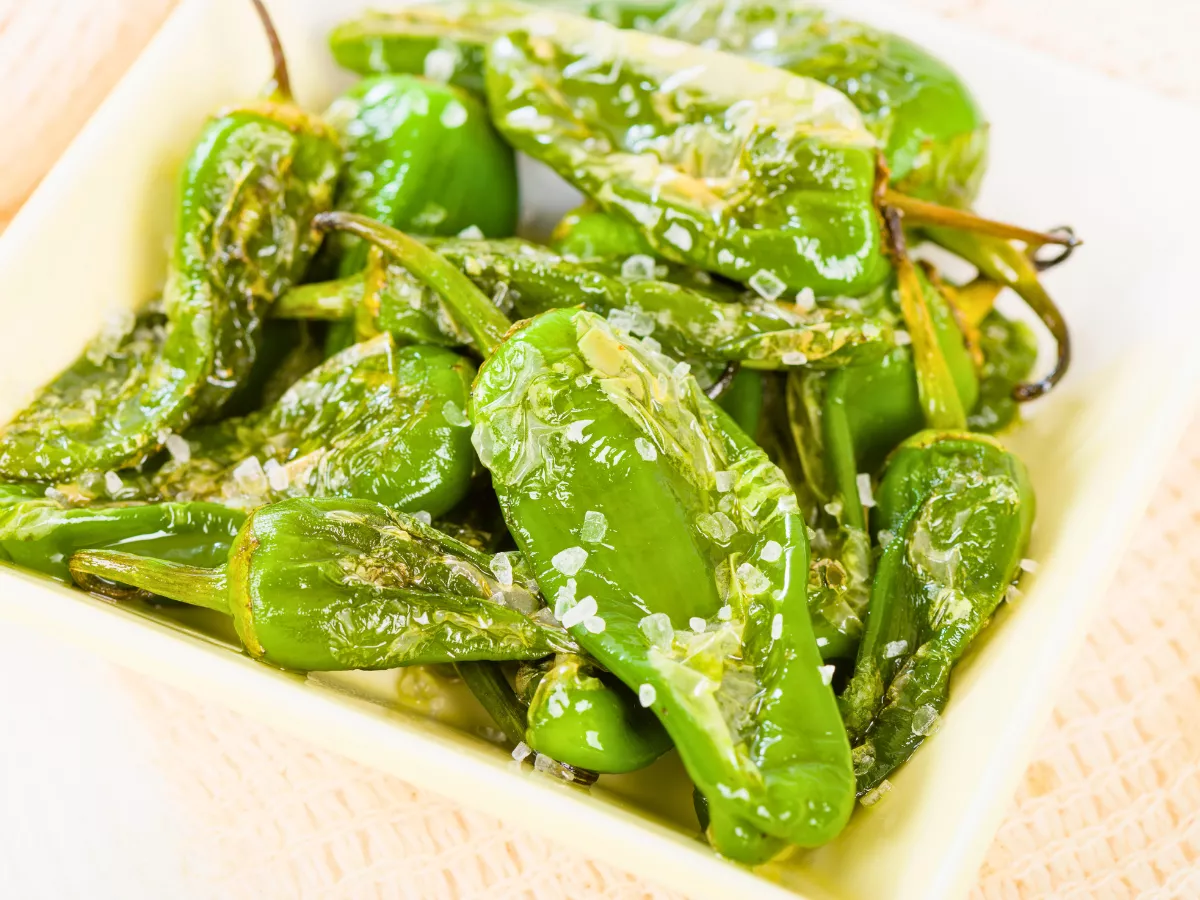
Our daily bread
Are there bread lovers in the house? Surely yes. Well, your dream can come true: going around Galicia from bakery to bakery is possible. In the region of Santiago, there are several traditional bakeries that supply bread to the local hospitality industry, so, if nothing else, good bread is guaranteed at DrupalCamp 2025. Just in case you're interested, a fact about traditional Galician baking: its main characteristic is the dough with very high hydration (note for specialists).
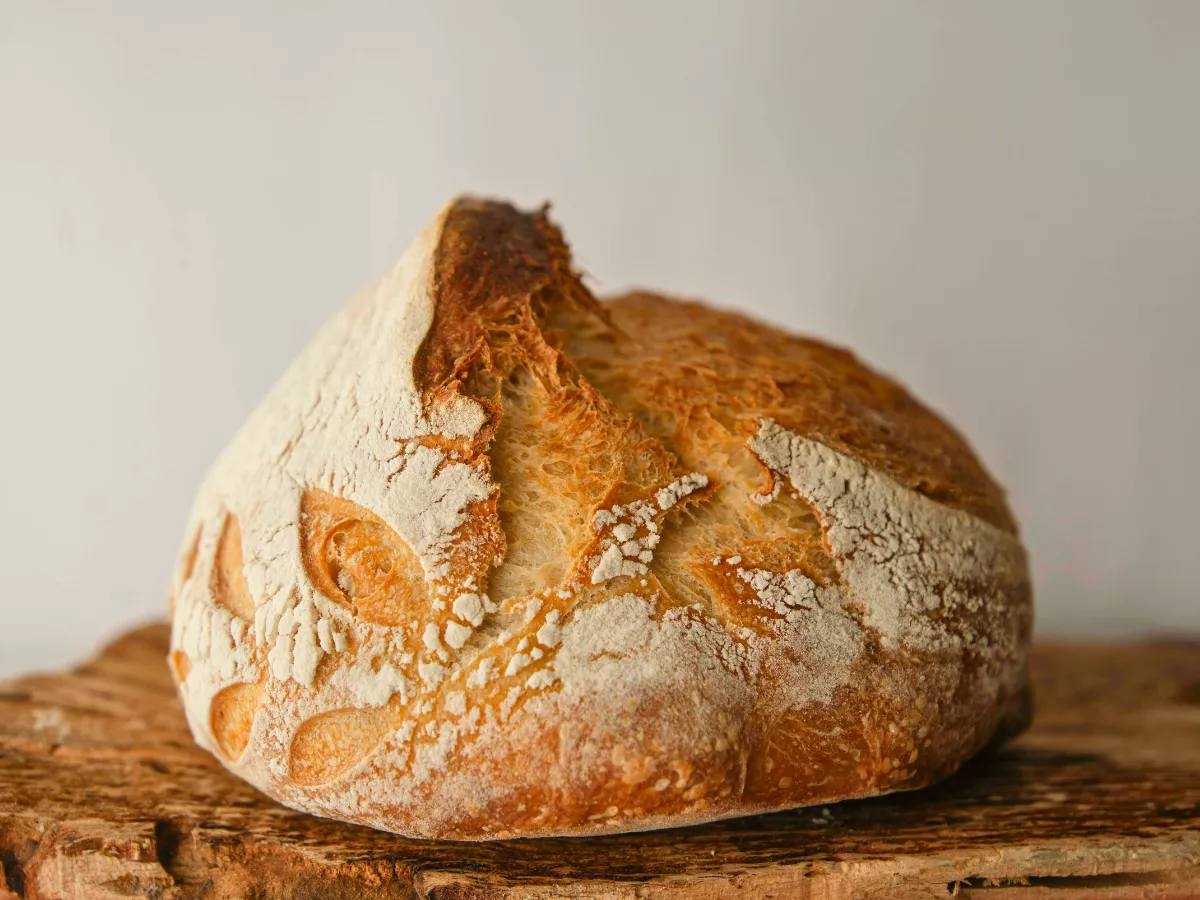
Santiago tart: the happy ending
Made with ground almonds, sugar, and egg, and topped with the cross of Santiago sprinkled with icing sugar. It's a classic that never disappoints, whether for breakfast, snack, or dessert after a seafood feast.
Stew, fish caldeirada (fish stew), lacón with turnip greens, meat ao caldeiro (boilded meat), tripe, boiled potatoes, rice with lobster, beans with clams, turbot... We could talk to you about countless traditional dishes, even go further and introduce you to the new Galician cuisine and its Michelin stars or tell you about the world cuisines installed in the city, but we also don't want you to leave DrupalCamp rolling. We encourage you to seek and experiment, as there are options for all tastes.
In summary, although it may sound cliché, eating in Santiago is not just about feeding yourself, it's almost a religious experience. Enjoy your meal!
